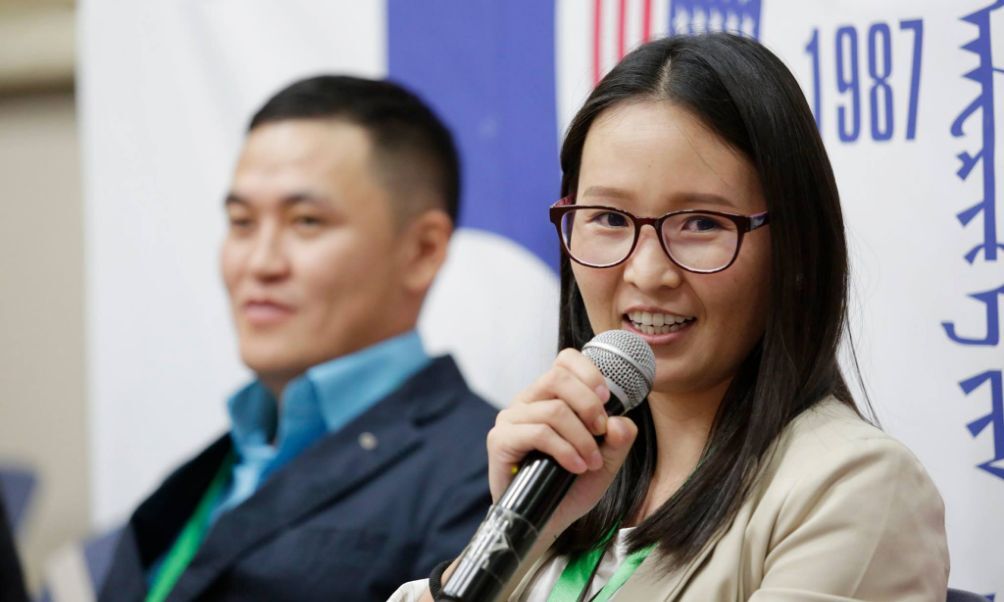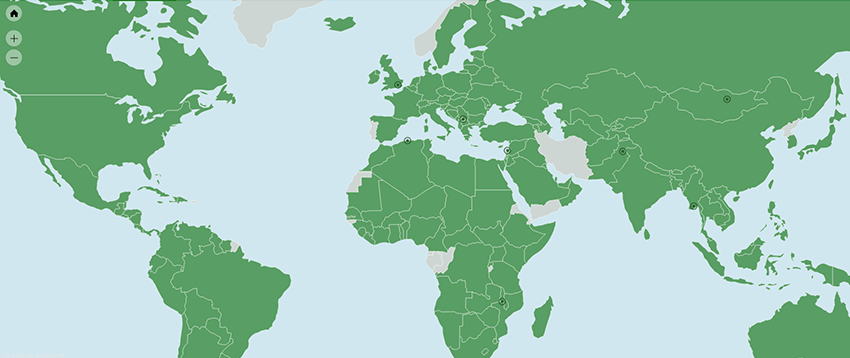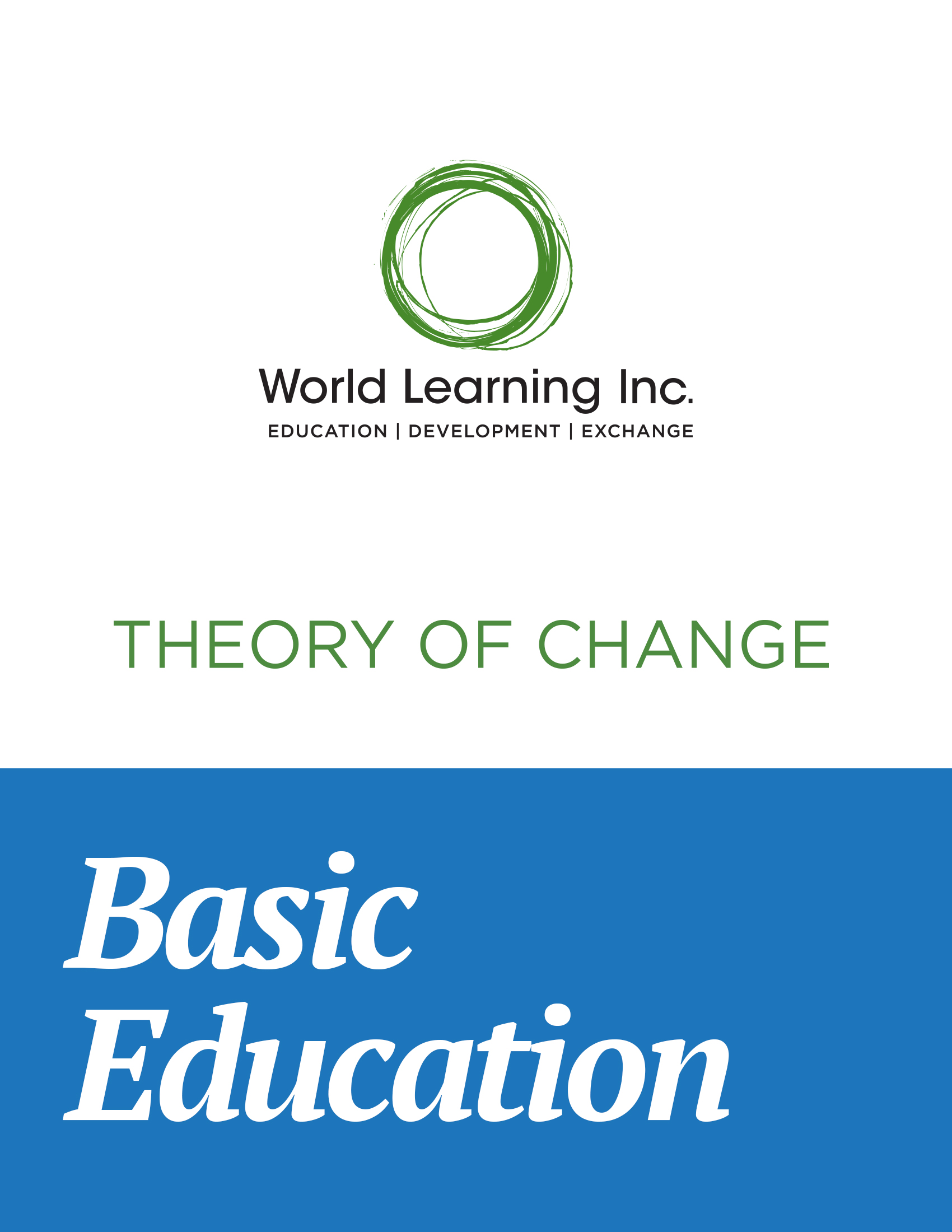-
What We Do
- WHERE WE WORK
-
About Us
 Welcome Message from Carol Jenkins
Welcome Message from Carol JenkinsFor more than 90 years, World Learning has equipped individuals and institutions to address the world’s most pressing problems. We believe that, working together with our partners, we can change this world for the better.
On my travels, I’ve had the opportunity to meet with many of those who have joined us in this mission. In Baghdad, we’ve trained more than 2,300 Iraqi youth who are already giving back at home. In London, our partners in the TAAP Initiative strongly believe that we are all responsible to practice inclusion. And in Vermont, our Experiment in International Living and School for International Training participants prove every day that they have the tools and the determination to change the world.
Please join us in our pursuit of a more peaceful and just world.
- Get Involved

What We Do > Program Area
Global Education
Global education is the linchpin of progress. Yet nearly 20 percent of the world’s school-aged children will not reach fourth grade. Another 20 percent will fail to learn basic skills like literacy and numeracy. High dropout and repetition rates, in combination with other obstacles—such as poverty, conflict, gender inequality, language, and disability—compound this problem. And while higher education is often viewed as the surest path out of poverty and to a better life, many universities lack the ability to train students in skills essential to the 21st century workforce.
World Learning believes everyone has the right to a high-quality education. We help make that vision a reality through our cutting-edge global education programming tailored to each country and context. In our Basic Education programming, we strengthen four key players —teachers, administrators, government, and community—so they can pursue lasting change to the educational system together. We work with higher education systems and individual institutions, too, as they seek to improve lives and generate thought leadership for their countries.
Read on to see how we incorporate the five signature elements of World Learning’s approach to change into our Global Education programming. You can also check out our Basic Education Theory of Change.






